Inaugurated today, October 26, the rooms dedicated to theIron Age in the new National Archaeological Museum of Verona, housed in the former Habsburg Prison of San Tomaso. It was a less lavish inauguration than the one that, on February 17, had accompanied the presentation of the museum’s first halls, in the presence of Museums General Director Massimo Osanna: halls that hold artifacts from the Paleolithic to the Bronze Age, about which you can find a story here. But it is with today’s inauguration that the museum finds its first finiteness, with a narrative that starts from the first human settlements and arrives at the dawn of history, at the gates of that Roman age that, instead, will be told in the sections of the museum still under construction, which is aimed at opening at the beginning of 2024 (in advance of what was announced in February). To be documented, in this National Museum, is the history not only of Verona but of the entire western Veneto region, with artifacts excavated and studied by the local Soprintendenza over the past decades and never exhibited, or only rarely in temporary exhibitions, which now find a coherent location.
The new section, scientifically curated by Giovanna Falezza, director of the museum, and Luciano Salzani, a former official of the Veronese Soprintendenza, has been set up by Chiara Matteazzi, in continuity with the museum layout inaugurated in February. The exhibition criterion is chronological, while maintaining a thematic order that is easy for the visitor to follow, with a choice of objects and artifacts of particular interest, very carefully chosen: few but good, as is typical of contemporary museological displays. The Iron Age in this area developed during the first millennium B.C., drawing to a close with the first manifestations of the arrival of the Romans, around the second century B.C.: this is the chronological span documented in the new rooms. As the museum’s management explains, as early as the 9th century BC, in the Veronese, both in the plains and in the hills, numerous settlements arose, even of considerable size, up to 60 hectares, with large areas of inhabited settlements next to craft areas, as well as extensive necropolis, from which come “particular objects, coming from afar and with very refined workmanship, testifying to the richness of the contacts of which our territory is the scene in this period,” a place of meetings and contacts between Veneti, Etruscans and Reti.
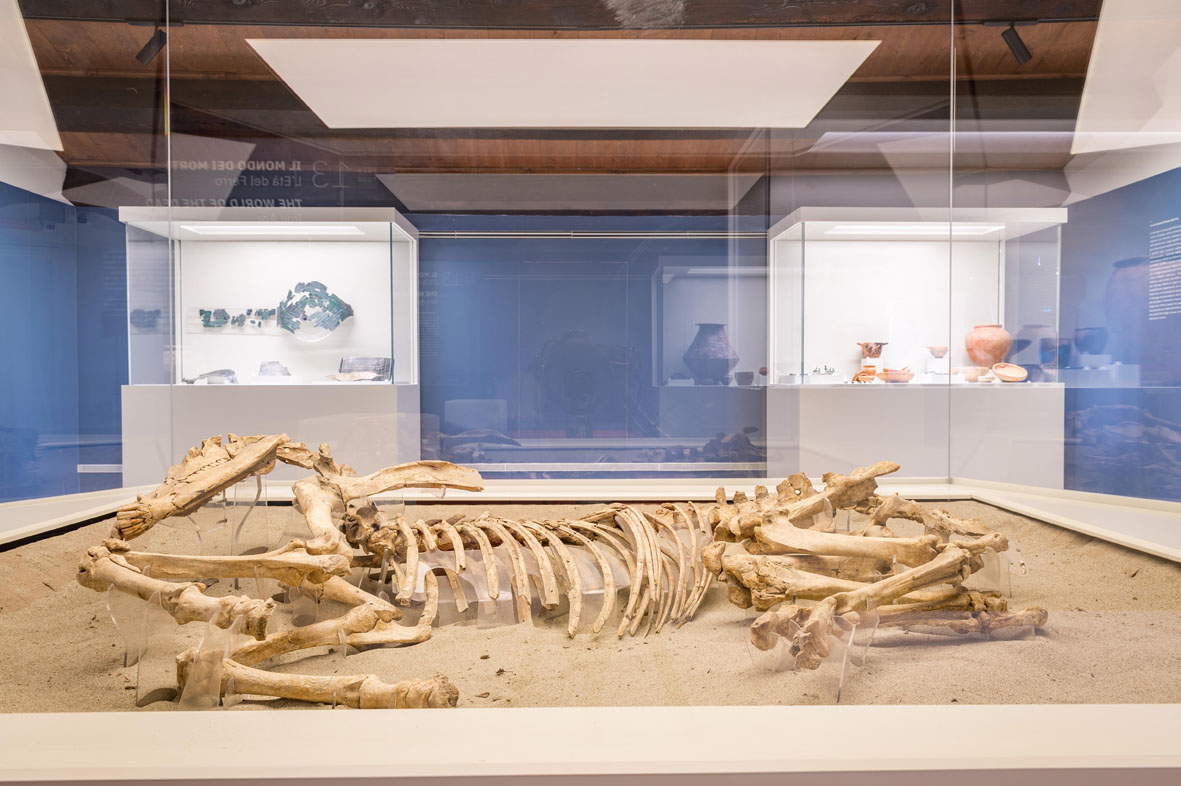
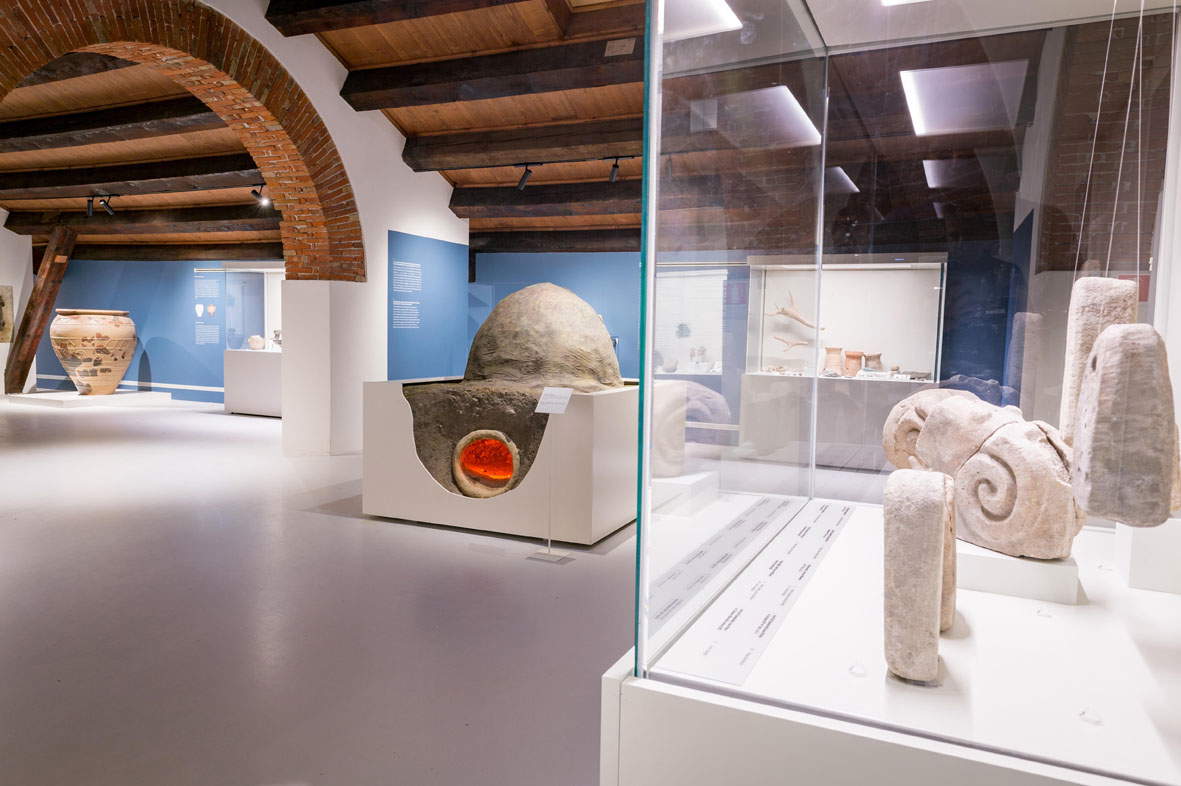
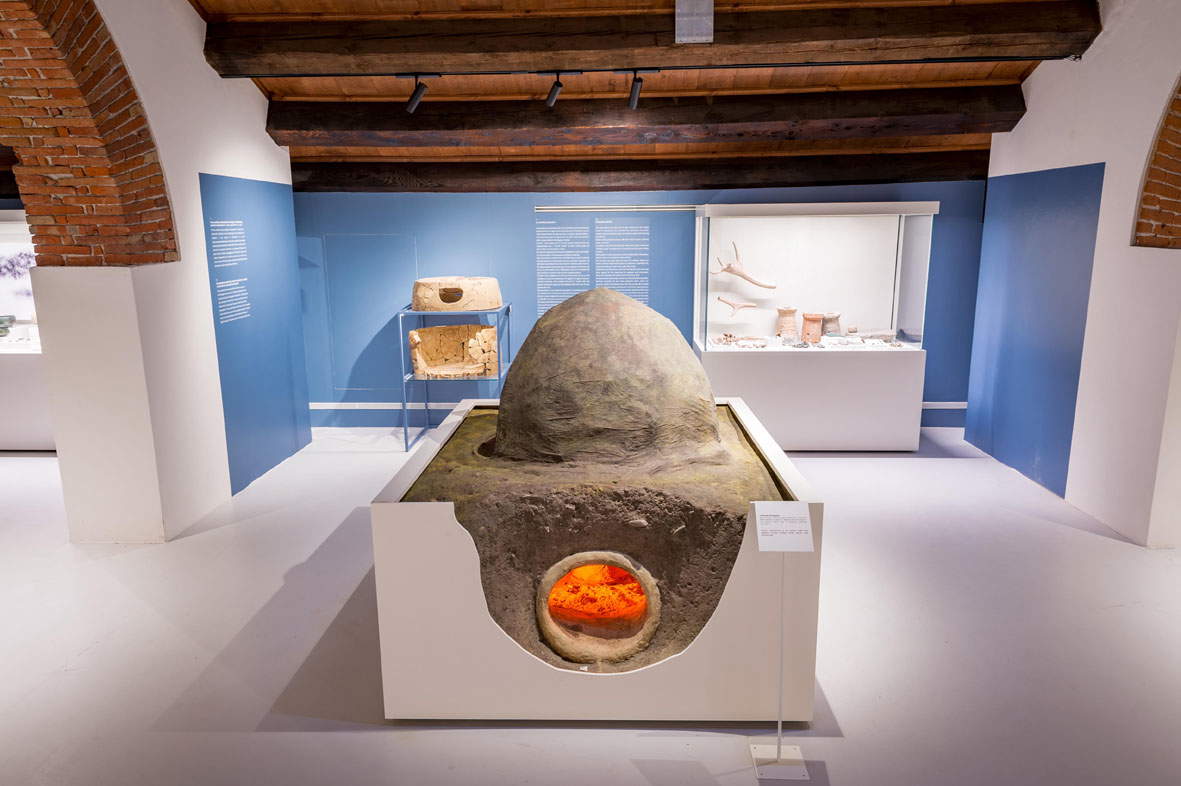
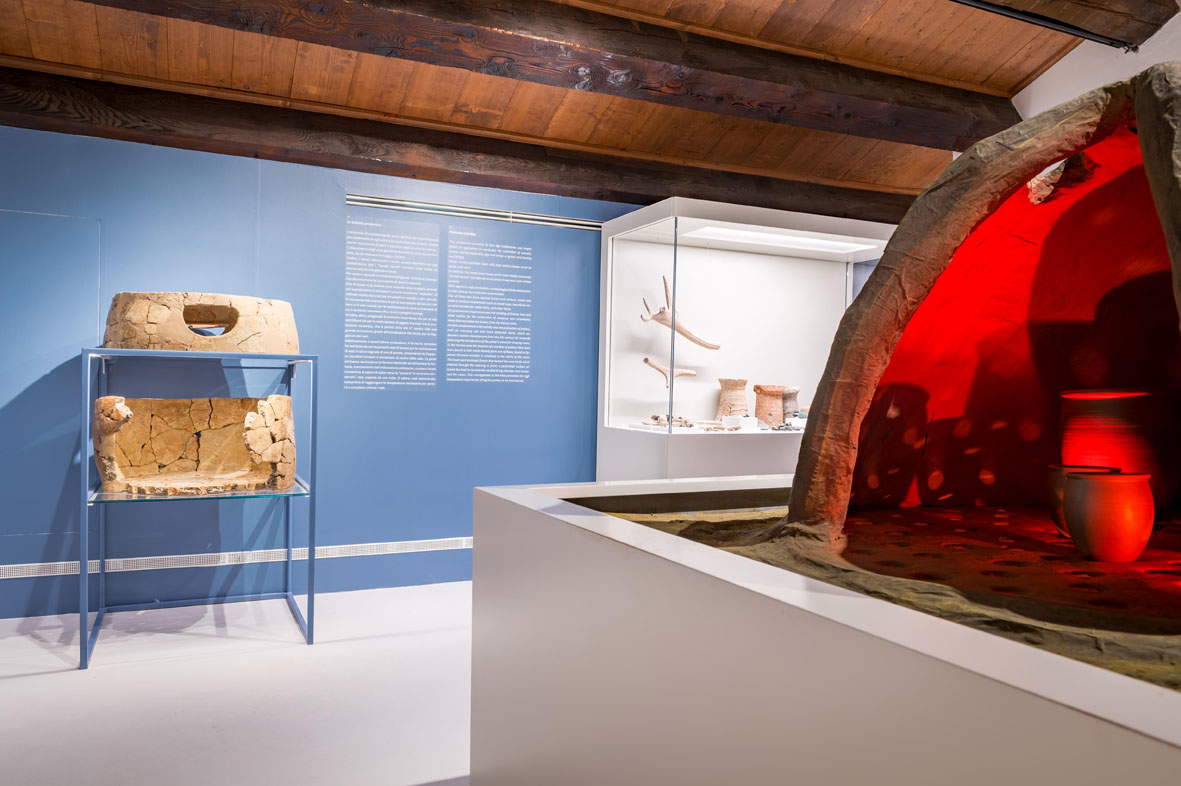
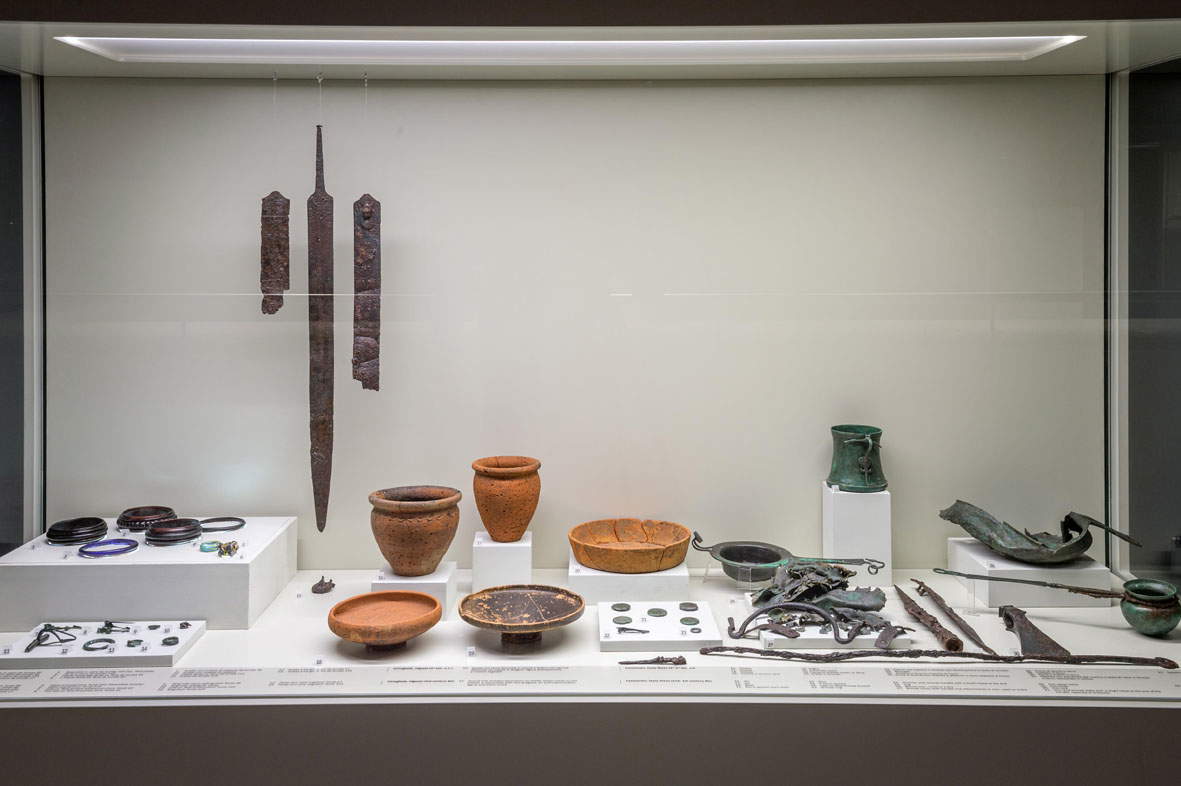
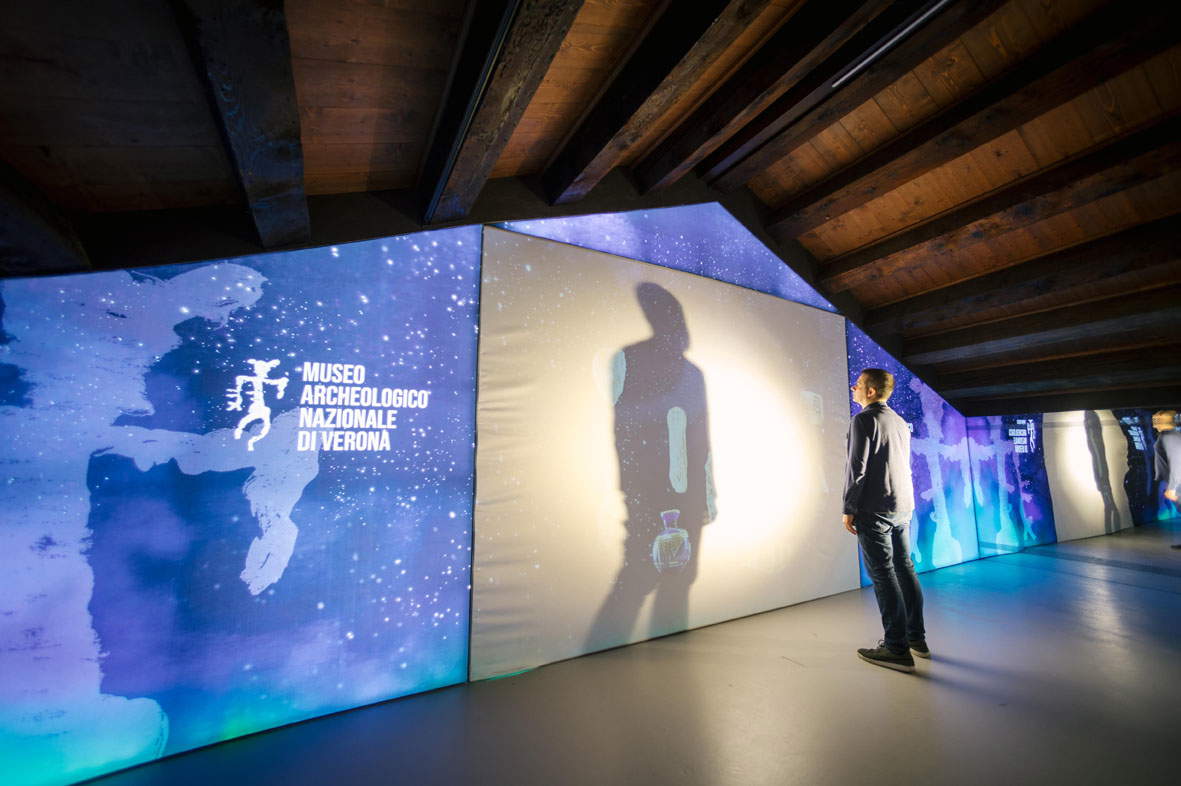
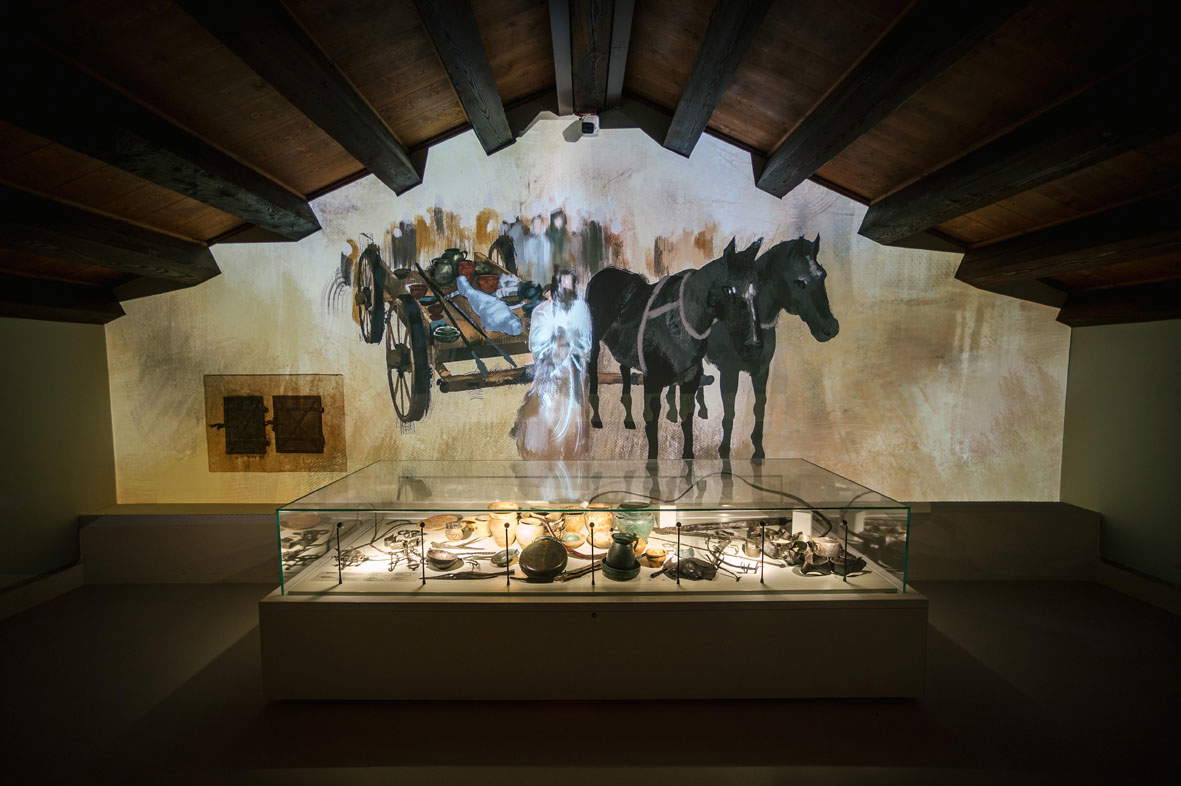
Opening the new section is a room dedicated to daily life, with a beautiful reconstruction of a kiln for firing pottery, which is a bit of a counterpoint to the reconstruction of the Bovolone well “starring” in the Bronze Age rooms, accompanied by a food oven.Present above all are objects from cemetery areas: talus, coins, spatulas, urns, bracelets, able not only to offer an idea of the material culture of the time, but also of funerary rituals. In order to aid understanding and immersion, the exhibition makes use not only of captions and paneling, but also of several interactive screens with games and insights, designed to entertain both adult and younger audiences. Marco Bersani ’s drawings also go to enrich many of the showcases-two new additions that affect not only the new rooms, but also those opened in February.
“We also wanted to include two immersive experiences and some multimedia stations, intended to enrich the narrative of the exhibits presented in the museum itinerary,” explained Chiara Matteazzi, in order to “improve with new languages the understanding of complex issues related to the exhibits, using storytelling techniques to stimulate the visitor’s curiosity and amplify cognitive and emotional involvement.” Great importance is also given to the contexts of discovery, with showcases consistently displaying groups of objects from the same place or burial: necropolis and settlements located in various municipalities of the Veronese territory, from Oppeano to Gazzo Veronese, from San Giorgio di Valpolicella to Valeggio sul Mincio... the “multi-ethnic” context of the territory emerges clearly, with Etruscan, Rhaetic and Veneto cultural elements and, from the 3rd century B.C, Celtic: those elements that would characterize the first urban settlement of Verona (born right at the end of the Iron Age), which for the time being does not find space in the inaugurated rooms since - with a shared choice - it has been decided to give space to the most relevant necropolis of the protohistoric period in the Veronese territory, while Verona itself will be treated at the beginning of the Roman section, with exhibition coherence.
Some finds and contexts are most emphasized in this section, in addition to the ceramic kiln. The first is the skeleton of a horse, one of the two found buried in the necropolis “delle Franchine,” in the territory of Oppeano: male, 17-18 years old, 135 cm at the withers, buried in a small pit lying on its right side, with its legs folded. An evidence, typical of Veneto archaeological museums, of horse-related rituals in Iron Age Veneto. Also curious is the tomb of a little girl (7th century B.C.), found in a necropolis in Oppeano. Inside the urn, above the burnt bones, in addition to some very special grave goods were laid some very special items: shells, one of which was pierced, possibly related to the sphere of play; an astragalus, probably an amulet; and finally a swan’s egg, an aquatic bird believed to be sacred. It is precisely the latter that takes on a very important ritual significance, interpretable as a symbol of rebirth and regeneration.
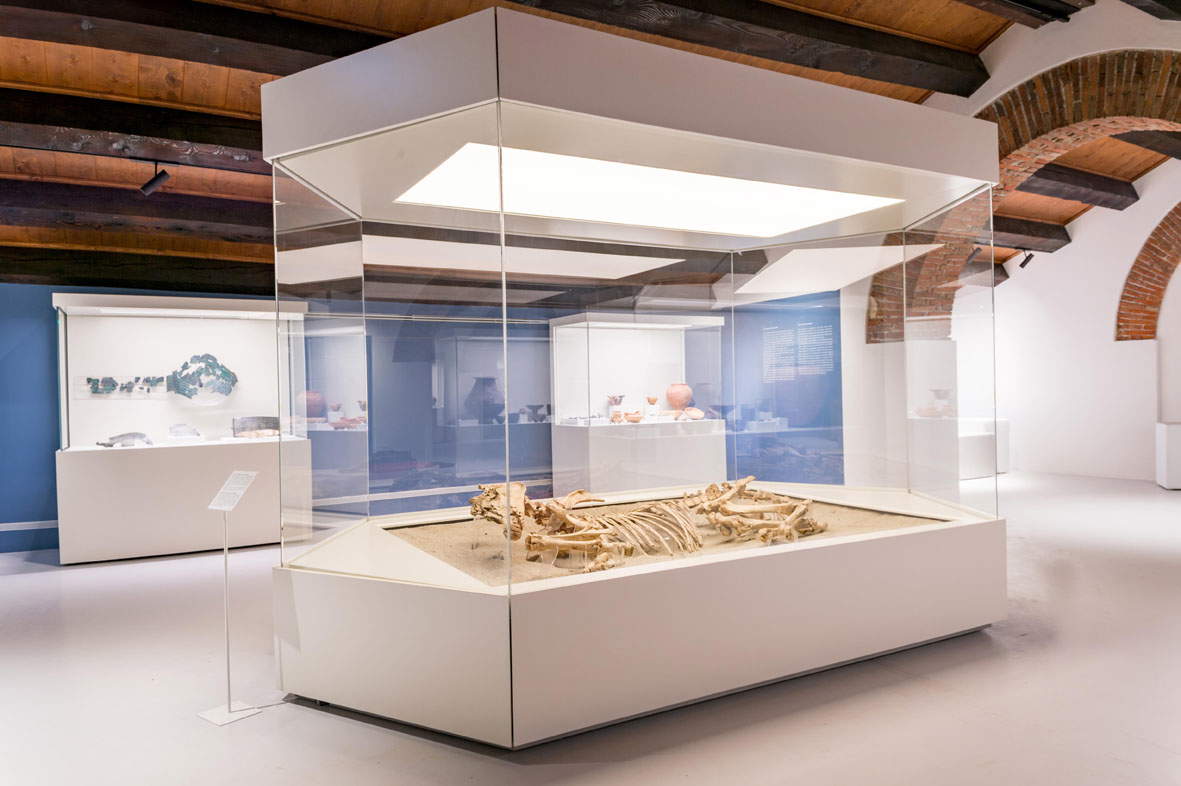
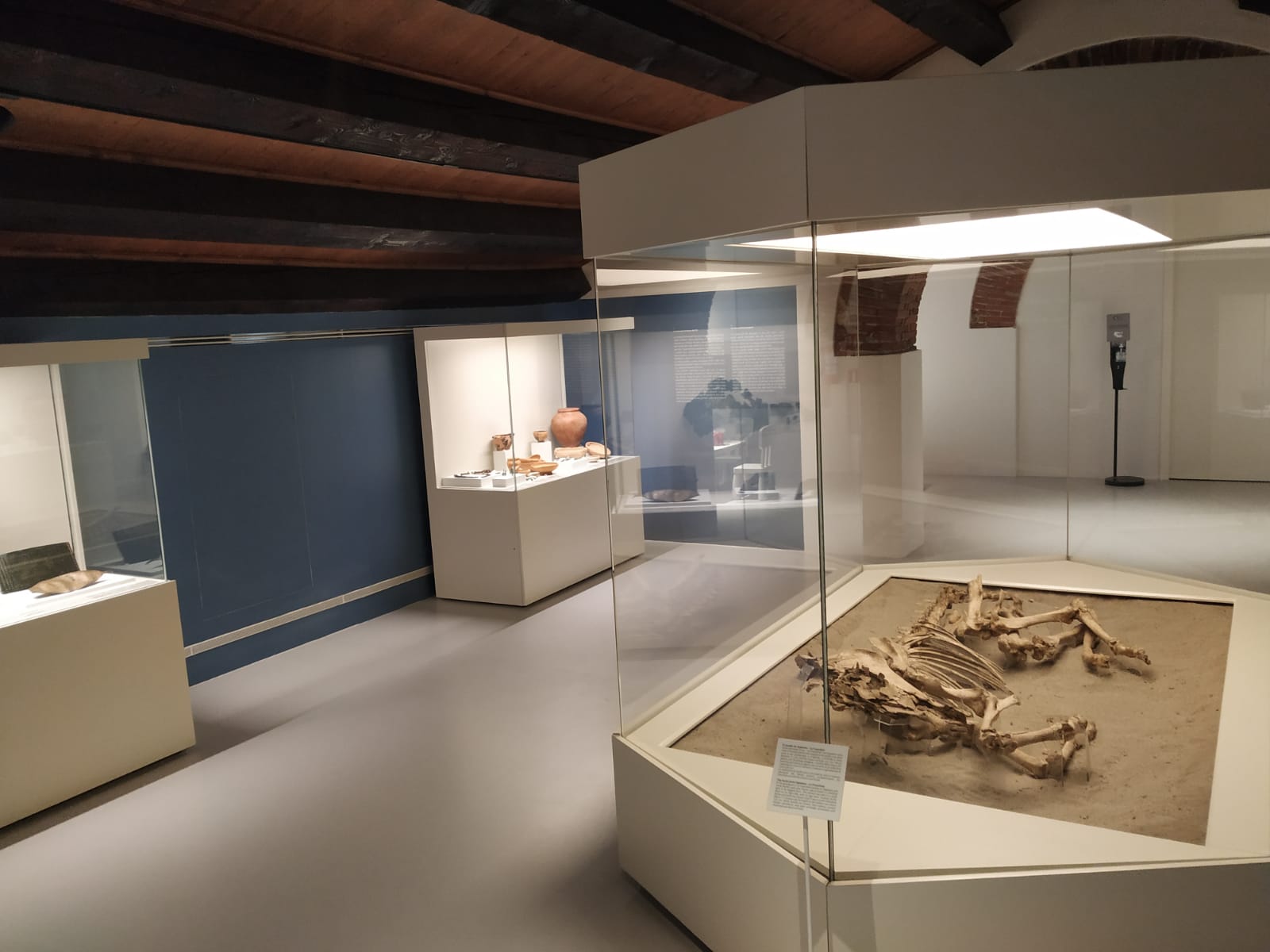
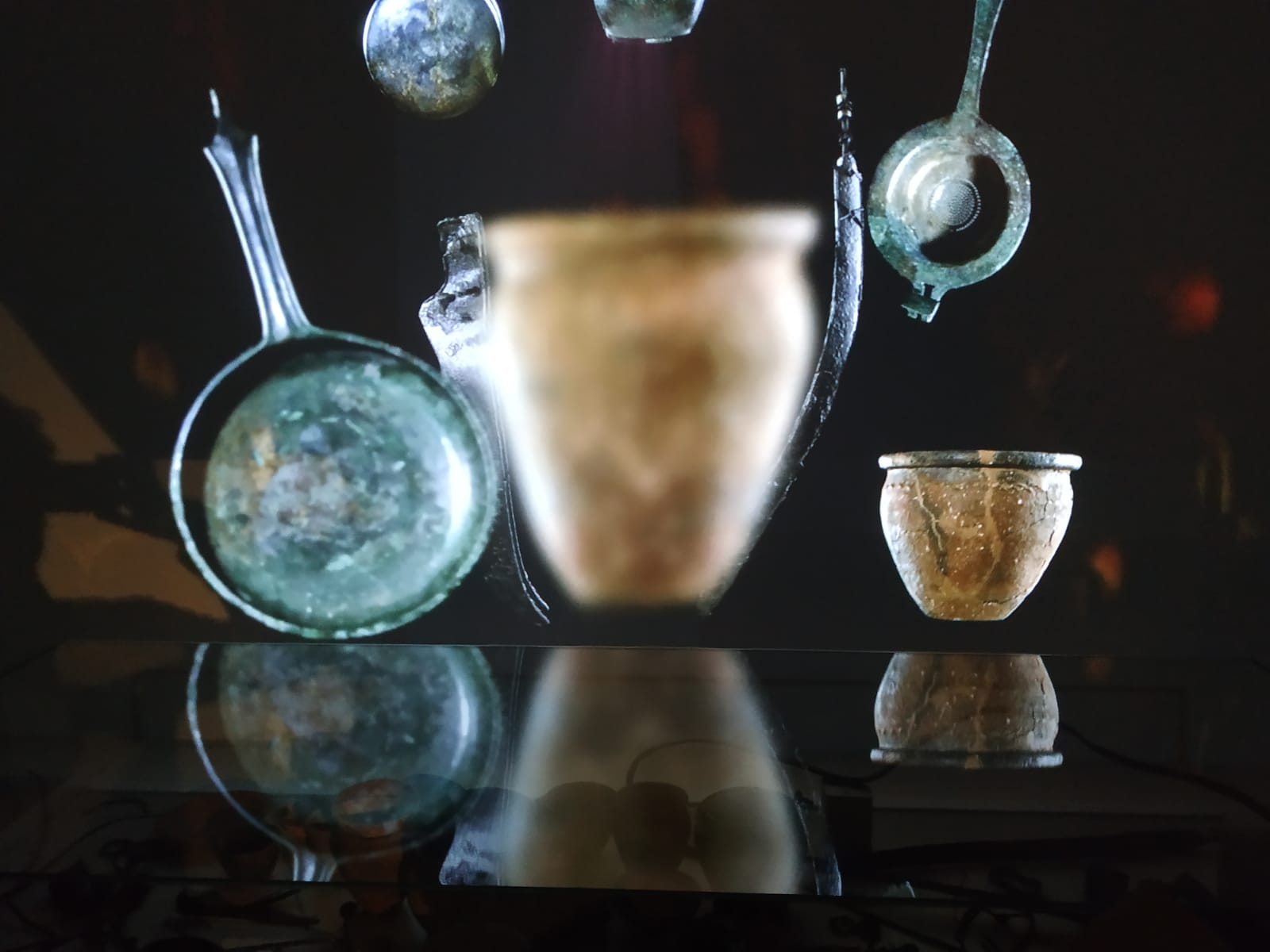
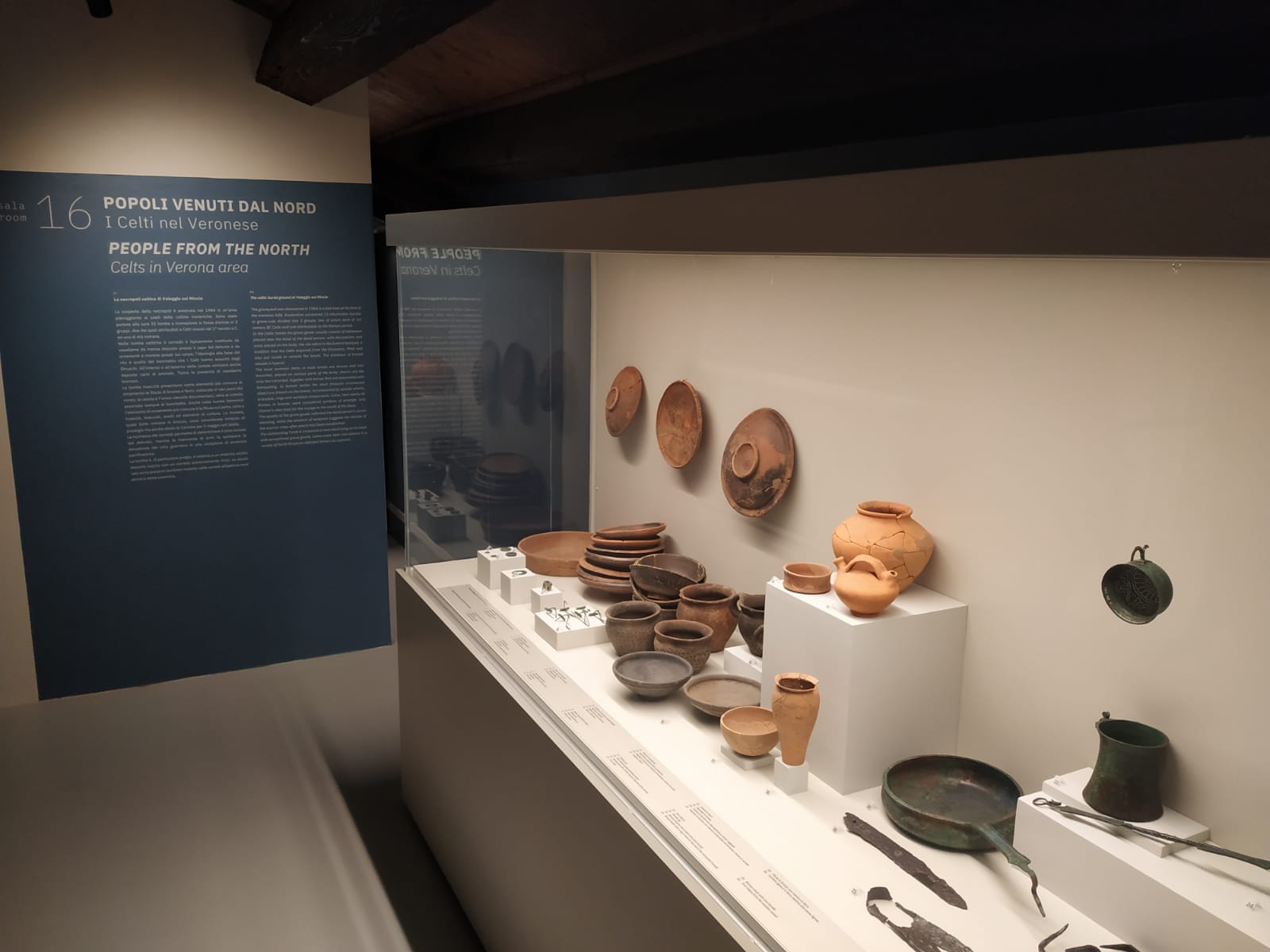
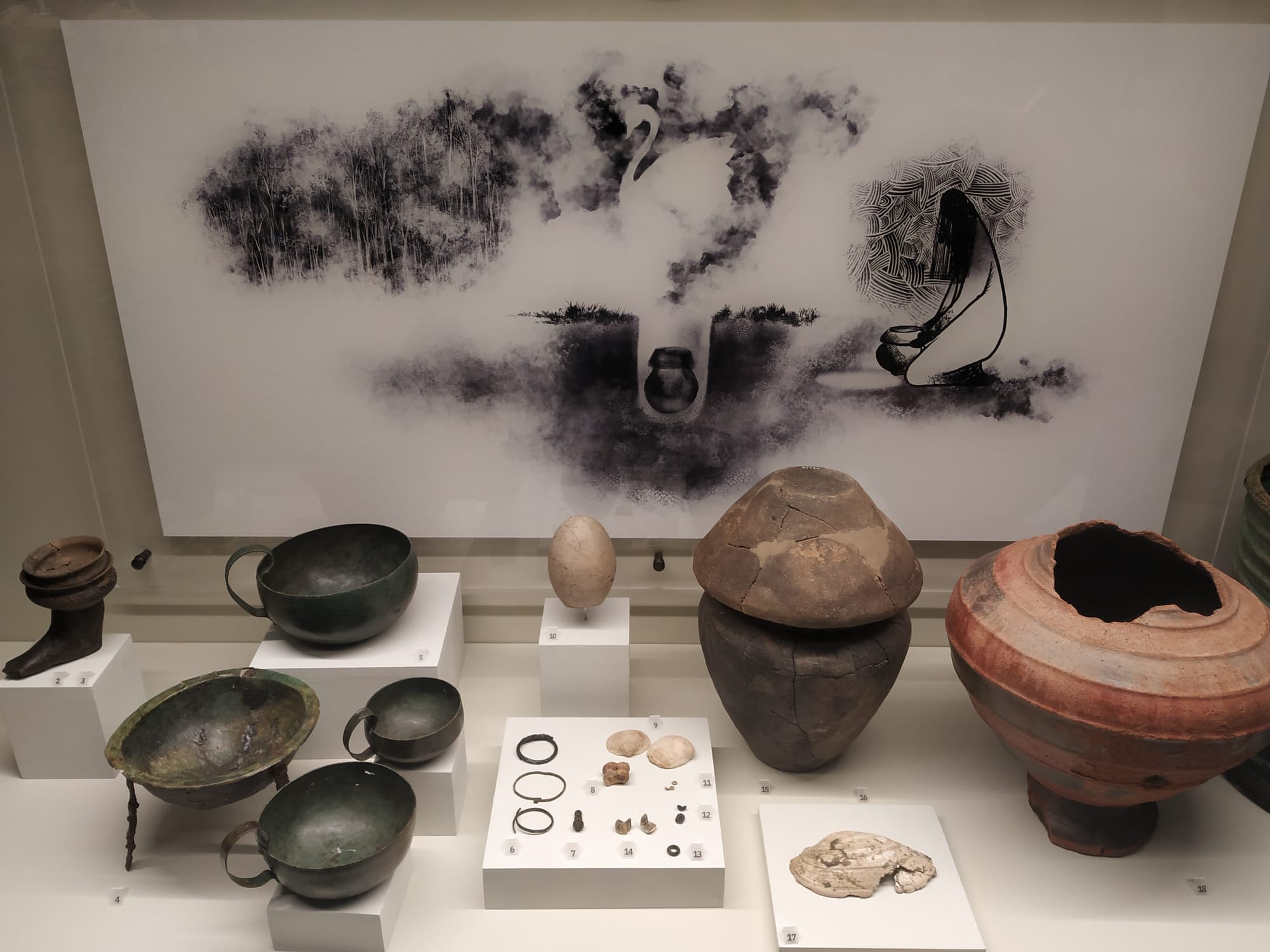
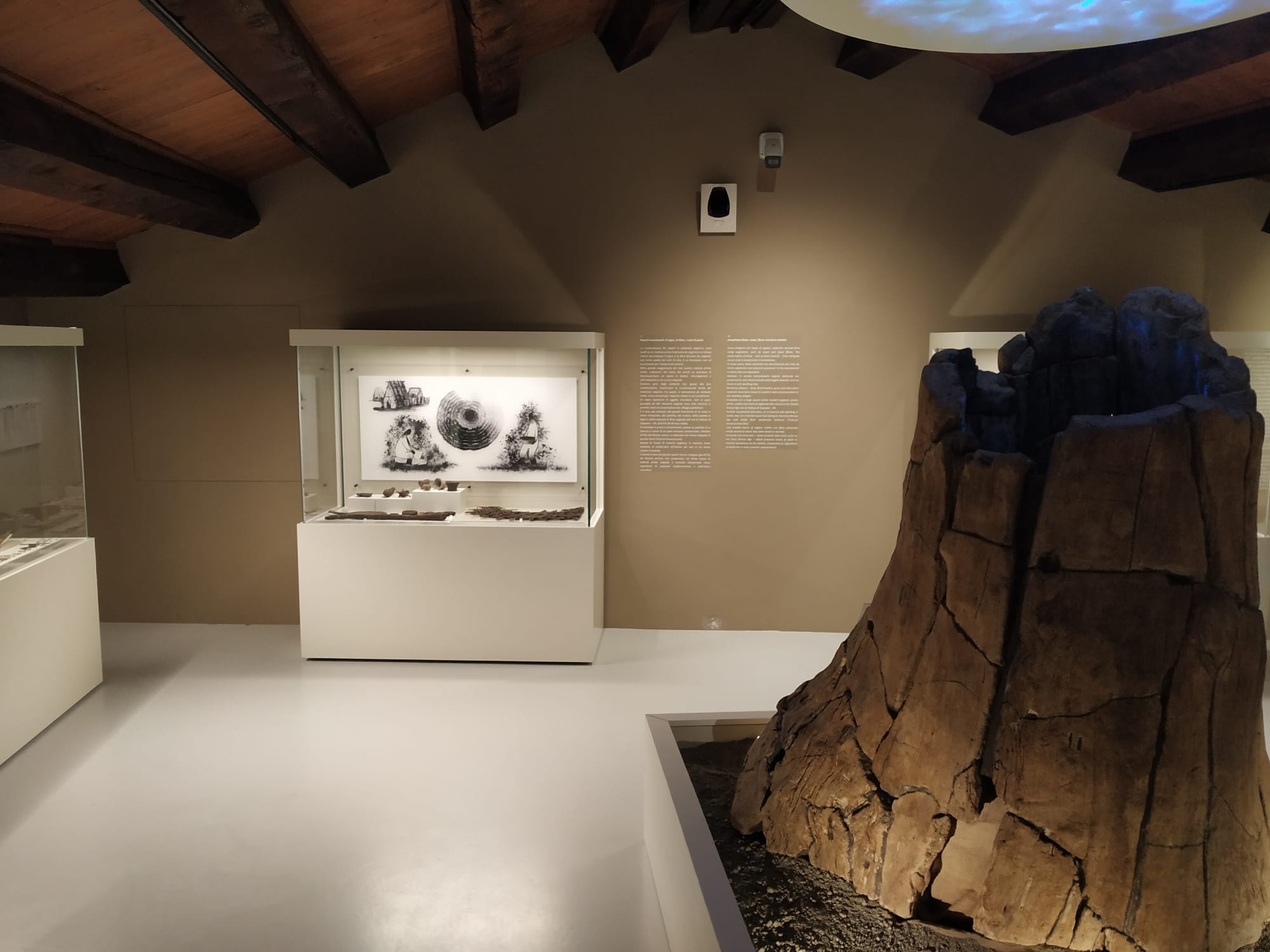
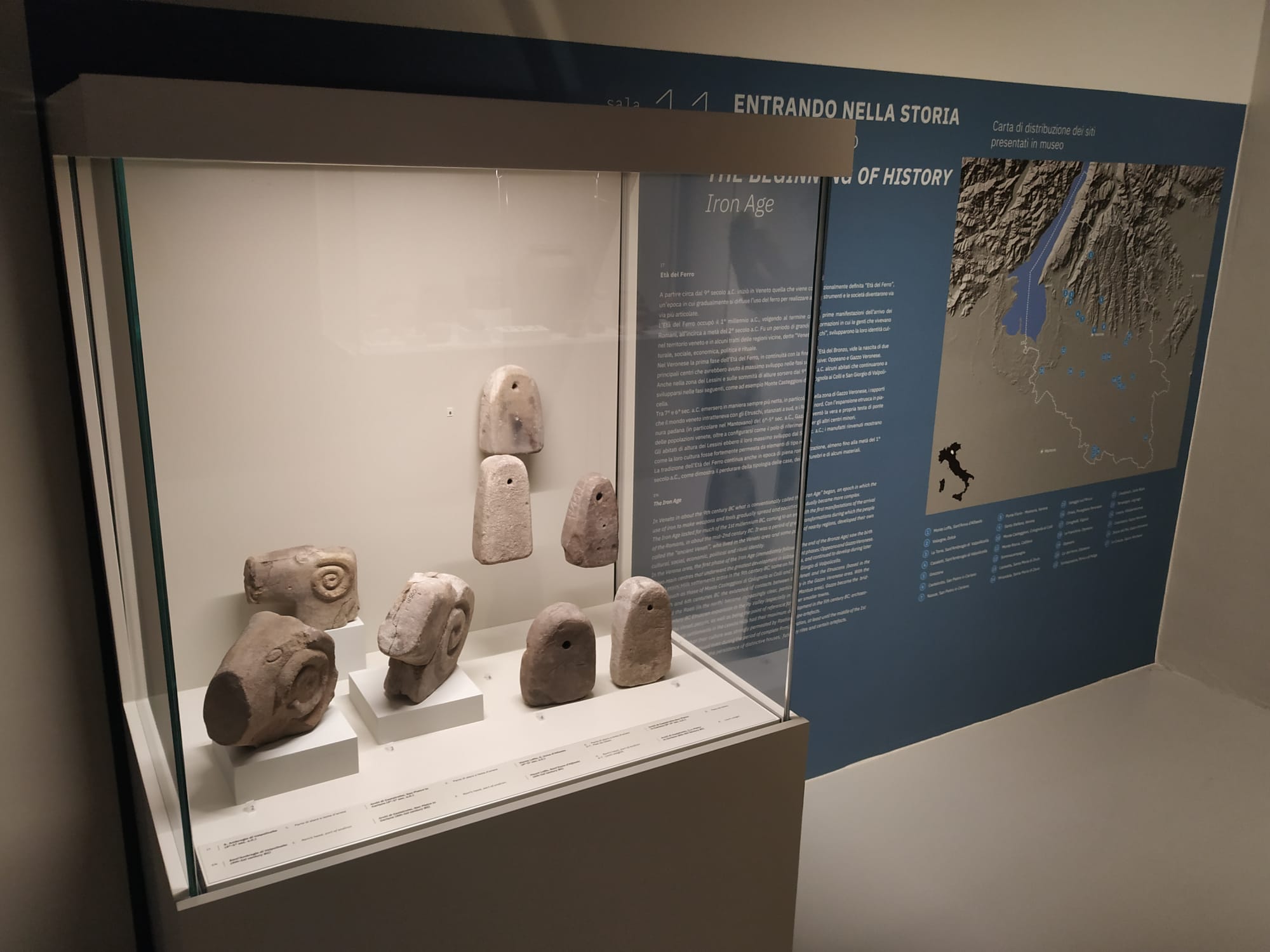
While at the end of the inaugurated section an entire room is designed to enhance the burial of the so-called “Child Prince” (one of 187 in the Celtic necropolis of Lazisetta in Santa Maria di Zevio), to whom is dedicated an evocative multimedia projection aimed (successfully) at emphasizing the funerary ritual and the finds found in the tomb, the richest in the cemetery in terms of the richness of the grave goods, dated to the 1st century BC.C.: it is the burial of a 5-7 year old boy, whose ashes were laid to rest along with a sumptuous parade chariot (of which the metal elements such as wheel hubs, rudder,a wheel rim, two bits of the horses that pulled it) and a large trousseau usually typical of adult warriors (sword, spear, javelin, and shield), as well as ceramic and bronze pottery, coins, agricultural implements, and banquet tools (skewers, knives, winged and an iron scratcher). Inside some pots were remnants of pig bones, remnants of the funeral banquet. The video projected literally above the display case containing artifacts illustrates the ritual by which the child was buried, reconstructed by archaeologists: after being cremated along with some offerings, his ashes were collected in a container made of organic material (cloth or leather) and placed in the grave along with the rest of the grave goods; above it was placed the chariot, overturned and partially disassembled; finally, after a partial burial, a second large ritual fire was lit. Eventually the tomb was probably covered with a mound signaling the high social status of the deceased. The projection, after showing all this, allows the visitor to look at the grave goods.
The summary offered here does not lie: the museum has a type of display by chronology and themes that might be very, perhaps too didactic for some visitors, risking weighing down the visit for those who do not chew Italic prehistory. But both the videos and the interactive screens come to the rescue in this, while the high selection put in place regarding artifacts and contexts allows this synthesis of Veronese archaeology to be enjoyed in a little more than an hour by the less enthusiastic, while those who wish to lengthen their visit will have adequate depth. It will remain for a while longer, until the inauguration of the last section, the ’anomaly that sees, for Verona, the local prehistory housed in a national museum while the Roman part exhibited in a civic museum, that of the Roman Theater: the director of the new museum reiterated that the collaboration between the two institutes is and will be very extensive.
"Work has been going on seamlessly since February and with excellent results: having finished the entire third floor of the museum, we now count on starting the construction site for the Roman section very soon, which the people of Verona (and beyond) have been waiting for for many years," explained regional museums director Daniele Ferrara. In any case, the collection inaugurated today becomes a must-see for those who want to understand more about the history of the area and the city. Unfortunately, for now, visitable only from Friday to Sunday.
Warning: the translation into English of the original Italian article was created using automatic tools. We undertake to review all articles, but we do not guarantee the total absence of inaccuracies in the translation due to the program. You can find the original by clicking on the ITA button. If you find any mistake,please contact us.